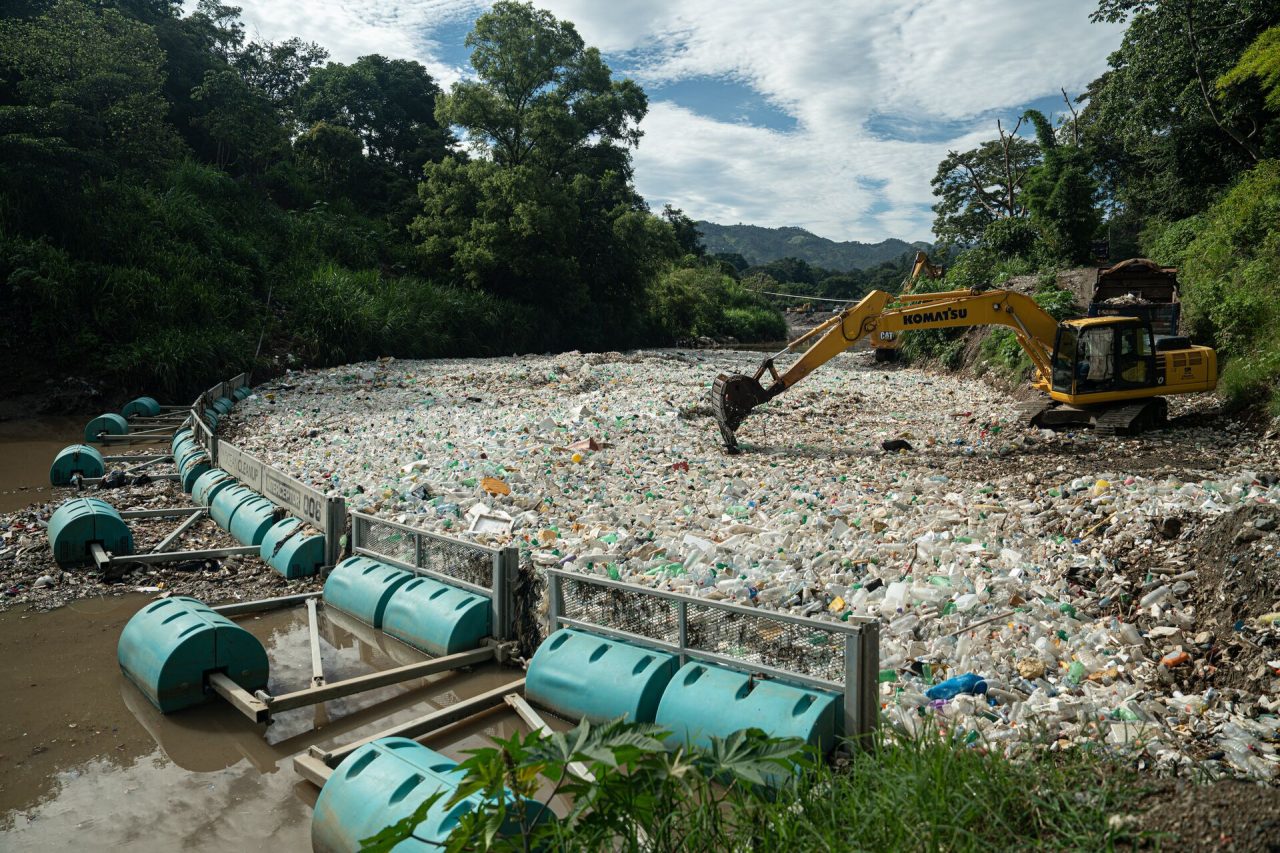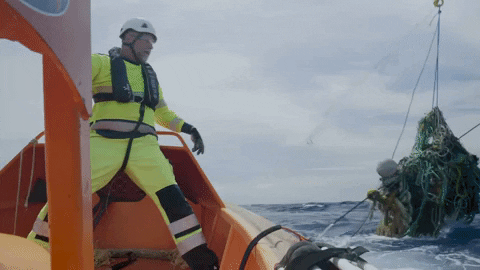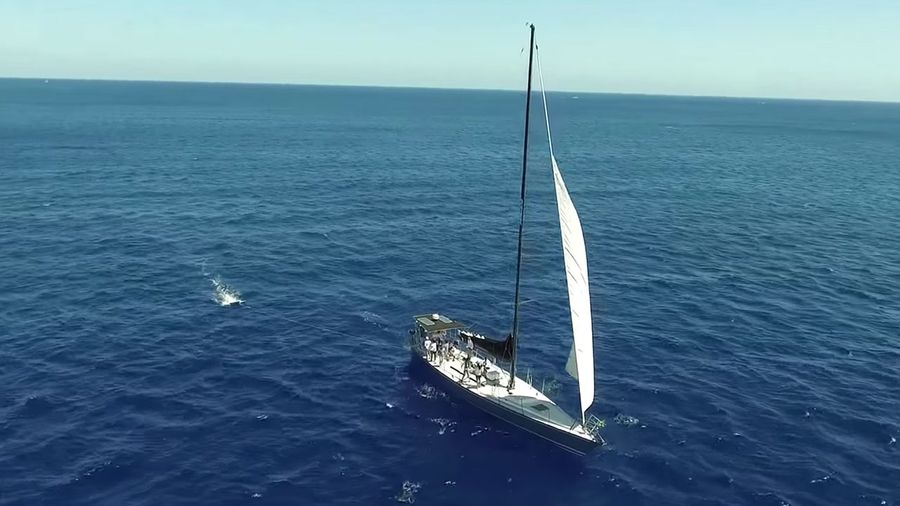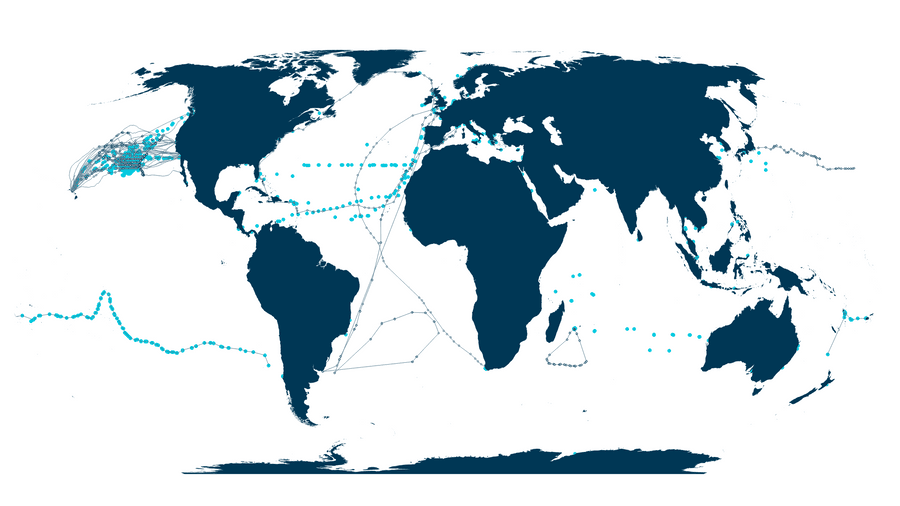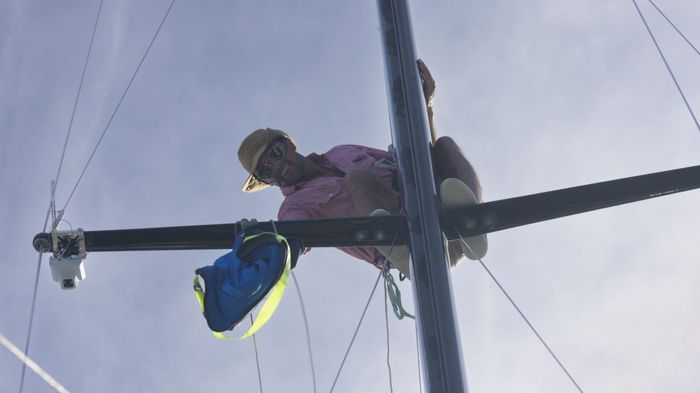
Harnessing the Power of Highly Engaged Marine Users to Monitor Ocean Plastic Pollution
Back to updates- One of the greatest challenges facing ocean scientists today is meeting the immense data demands required to understand the global ocean. The ocean is vast, dynamic, and often difficult to access, especially in regions beyond the shoreline or beneath the surface.
Leveraging Citizen Science
To truly grasp the scale of the problem, scientists need eyes and hands in every corner of the sea and that’s where citizen science comes in. A citizen scientist can be anyone who contributes to data collection, and around the world, these programs are as diverse as the people who take part.
At The Ocean Cleanup, we’ve long recognized the power of community-led efforts. In 2015, we worked with sailors in the TransPac sailing race as part of The Mega Expedition. These volunteers deployed surface trawls to collect plastic samples, helping us create the first comprehensive picture of the Great Pacific Garbage Patch.
From our river monitoring programs and coastal sweeps to our collaborations with non-governmental organizations like the Professional Association of Diving Instructors’ (PADI) Dive Against Debris in the Dominican Republic, citizen scientists have been instrumental in helping us gather critical data in rivers, coastlines and the ocean around the world.
Highly Engaged Marine Users
In our latest publication in Ocean & Coastal Management, co-authored by researchers from eight countries, we combine data from initiatives like Surfing for Science and the PADI AWARE Dive Against Debris program, to shine a spotlight on a unique and often overlooked group of citizen scientists we call: highly engaged marine users.
These are not your average volunteers. They are surfers, paddleboarders, kayakers, recreational divers, and professional sailors, individuals who spend significant time in the ocean and possess deep knowledge, skills, and a personal connection to sea. They operate in places most scientists rarely reach; in the nearshore, at the seafloor, and in the open ocean.
Our paper presents case studies from each of these environments, showing how these highly engaged marine users are not only capable of collecting high-quality data, but are also essential to monitoring plastic pollution in under-accessed regions of the ocean. Their contributions are helping fill critical gaps in our understanding, and they’re doing it with passion, precision, and purpose.
This publication is more than a celebration of data; it’s also a call to action. If we want to meet global monitoring needs and tackle marine debris at scale, we must continue to engage and empower those already immersed in the ocean every day.
To all the surfers, divers, sailors, and ocean lovers out there: thank you.
Turn the tide with us!
Want to contribute? Download The Ocean Cleanup Survey App (iOS and Android) to survey your local river or conduct an ocean survey the next time you head out to sea. Your findings help improve our understanding of plastic pollution densities and distribution, and who knows, your data may become a key part of our next scientific publication.
